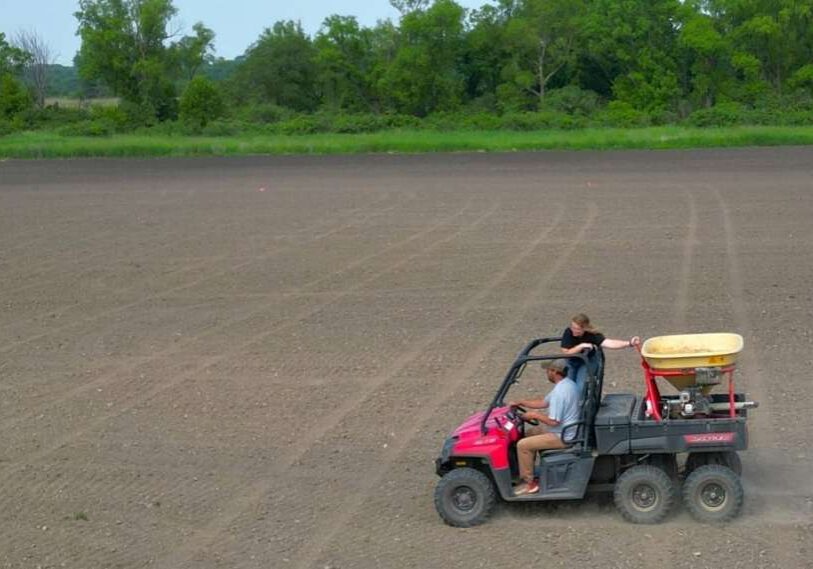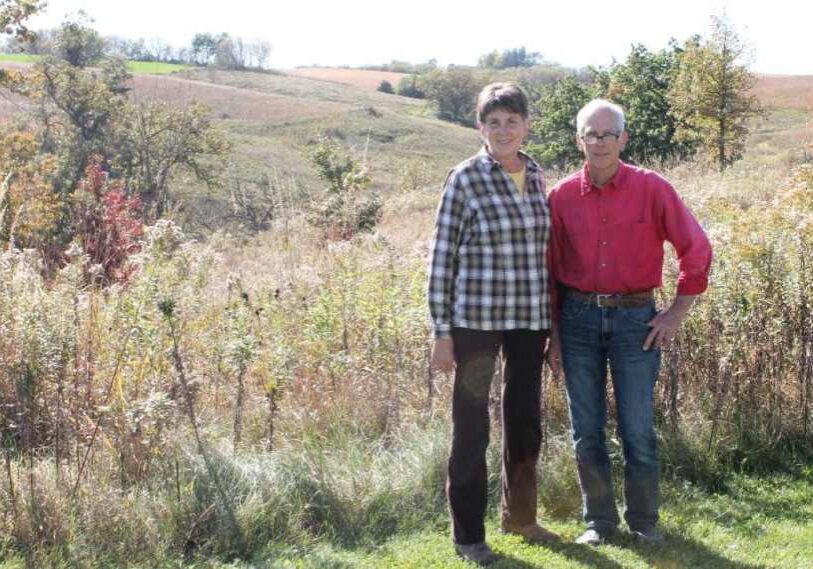Wildfire Smoke is New Hazard in Upper Midwest

UPPER MIDWEST — As air pollution from Canadian wildfires keeps drifting south this summer, you have many ways to reduce your risk from breathing filthy air on thick smoke days.
Air quality in New York City was the worst on the planet recently, turning skies orange and the air hazardous for everyone.
Minnesota has set more modest records: The Minnesota Pollution Control Agency has already issued several air quality alerts, when normally it might only warn about polluted skies once or twice a year, according to air quality meteorologist David Brown.
It’s likely more days of bad air will come — not only are fires burning in the west in Alberta and Saskatchewan, and in the east in Quebec, but new blazes have erupted in Ontario, directly north of Minnesota, Brown said.
“We’re kind of surrounded at this point. Any wind direction is likely going to bring some smoke now,” Brown said.
Here are some tips to stay safe, whenever haze descends again:
Pay attention to air quality readings
The Air Quality Index, or AQI, measures risk from dirty air on a scale of 0 to 500. The AQI doesn’t measure the amount of a specific pollutant but generally reflects health impact, Brown said.
The Environmental Protection Agency’s site offers real-time readings of AQI and also shows where fires are burning and where smoke is wafting.
People should start paying attention at the orange category of AQI — readings between 101 and 150. That’s when sensitive groups like children, the elderly and those with breathing or heart conditions can encounter problems, Brown said. That’s also the threshold for the MPCA to issue an alert. Relatively healthy people might start to feel headaches or chest tightness at the higher end of orange readings, Brown said.
In the red category from 151 to 200 AQI, all people, regardless of health, may start to feel effects; the purple category from 201 to 300 is considered very unhealthy; and maroon readings of 301 or higher are hazardous.
Avoid time outdoors when air is bad
The damaging part of wildfire smoke is its fine particulates, or PM 2.5, which are so tiny they “penetrate pretty deep into our lungs and get into our bloodstream,” according to Katelyn O’Dell, a researcher at George Washington University.
So avoiding exposure to the particles is key. Jesse Berman, an assistant professor at the University of Minnesota’s School of Public Health, said it’s safest to stay inside with windows closed and air conditioning on. In a car, run the air conditioner set to re-circulate in the interior of the vehicle, he said.
Put those N95 masks back on
For those who have to be outside for work or commuting, try to relocate tasks or reschedule them, reduce strenuous activity, take breaks in a place free of smoke, and wear a well-fitting mask designed to filter out small particles, like an N95.
“Cloth masks really won’t make a difference,” Berman said.
The Centers for Disease Control warns, however, that N95 masks are not made to fit children and will not work effectively to protect them from smoke. Children are especially susceptible to harm from air pollution, Berman and Brown said.
Filter your indoor air
In the home, air purifiers with high-quality HEPA filters can help remove pollution that sneaks inside, Berman said.
It may also be worth switching out the filter on a home HVAC system. Airflow filters with a higher MERV rating, an industry measurement of how effective the screen is in capturing small particles, can also help. The Environmental Protection Agency recommends MERV 13 or higher.
Berman warned, though, that tighter filters can clog more quickly and may need to be changed more often.
For a cheaper option, O’Dell recommended creating one at home with some filters taped to the four edges of a box fan — a do-it-yourself method known as a Corsi-Rosenthal box.
Some things we regularly do inside — like frying foods or burning candles — can also create indoor air pollution that’s harder to get rid of during smoke events and should be avoided, O’Dell said.

This story is from the Mississippi River Basin Ag & Water Desk, an editorially independent reporting network based at the University of Missouri School of Journalism, in partnership with Report For America and the Society of Environmental Journalists with funding provided, in part, by the Walton Family Foundation.






